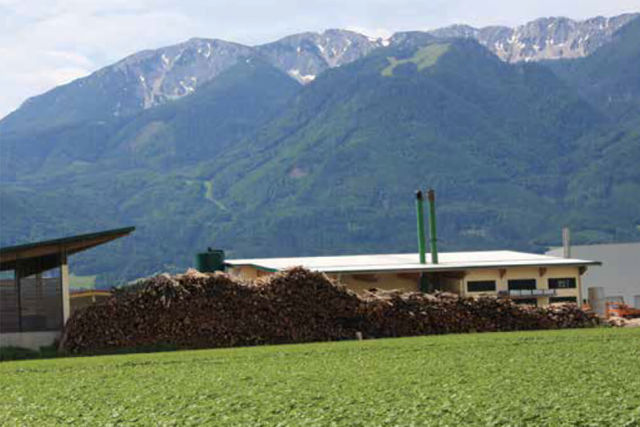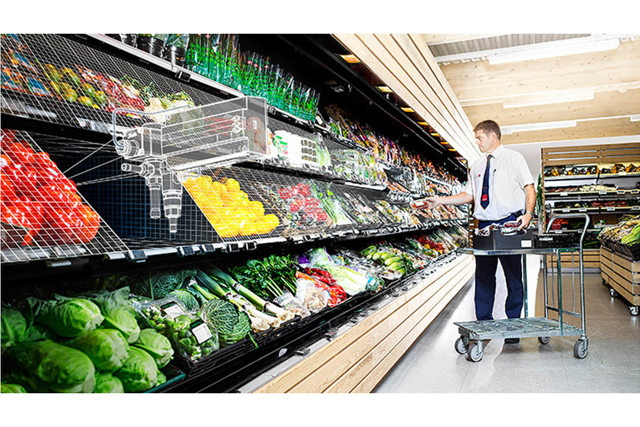
Renewable Energy Directive
Unlocking the potential of district energy
To achieve the energy transition, we need to decarbonize our heating and cooling supply. Heating and cooling accounts for half of the energy we consume and is 75% reliant on fossil fuels.
District energy can play a key role in bringing this change about and creating the heating and cooling systems of tomorrow by combining energy efficiency and renewable energy.
District energy networks supply buildings with locally available energy sources and can utilize surplus heat from, for example, industrial processes and supermarkets, which would otherwise be lost. District energy will reduce the net cost for the energy system by integrating renewable energy, recycling local heat and cold, and storing surplus renewable electricity as heat. Heat storage is 100 times cheaper than electricity storage.
To enable district energy to fast-track the energy transition, the Renewable Energy Directive needs to do 3 things:
- Promote district energy and drive the modernization of existing networks: More district energy will reduce the energy system costs considerably by using locally available heating and cooling resources and will reduce expensive energy imports. Many existing networks in Europe have high heat losses and need better controls of heat and cold distribution.
- Recognize unavoidable waste heat and cold as equally valuable as heat and cold generated by renewables: This will incentivize the market to invest in low temperature networks and the recovery of large quantities of surplus heat and cold from e.g. refrigeration systems and industrial processes which would otherwise remain unused.
- Ensure that commercial actors like supermarkets and data centers can supply their excess heat to the network for a fair remuneration.



